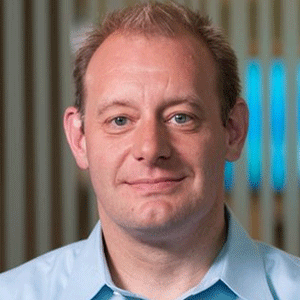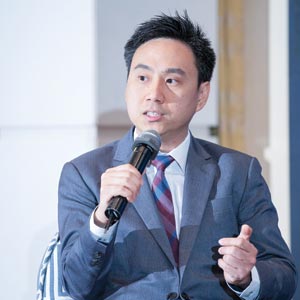THANK YOU FOR SUBSCRIBING
Editor's Pick (1 - 4 of 8)

5 Disruptive Trends to Traditional IT Operations
Aaron Delp, Director of Technology Solutions, SolidFire


Aaron Delp, Director of Technology Solutions, SolidFire
Public cloud allows for quick and effortless procurement of infrastructure hardware while also changing infrastructure from a capitalized expense to a pay as you go metered operating expense. In addition to this decreased deployment time, new operating methods become available such as rapid development and short term testing of applications at massive scale. Early detractors of public cloud often mention security as a concern, but this problem has been solved through the development and maturity of Virtual Private Clouds (VPCs).
3. Linux Containers—Linux Containers have existed for years but only recently have received attention as the agile IT model has matured. Prior to containers, each application component required an individual operating system per virtual machine. We had a one-to-one relationship of application components to operating systems. Containers allow us to isolate the application from the operating system allowing for a one-to-many relationship of application components to operating systems. By stacking multiple application containers onto one operating system, we achieve an operating benefit of fewer systems to maintain, as well as faster recovery time of a single application container vs. recovery of an application and the operating system in the event of maintenance or a failure scenario.
4. DevOps—Historically, IT has consisted of two distinct departments with different responsibilities: Development and Operations. Development creates and modifies software to business requirements and Operations is responsible for the installation and maintenance of all facets of the data center. These exclusive silos have led to extended time for deployments and sluggishness of a business to respond to the ever-increasing rate of change and agility required to stay competitive. DevOps is the concept of moving away from these traditional silos and embracing a new delivery philosophy that decreases friction in the deployment and execution of both development and operations. By increasing efficiency we lower overall operating costs as well as increase the ability to serve line of business needs more quickly.
5. Shifting IT Skillsets—The previous four trends culminate in the agile micro-services model. This model requires a new skillset in Open Source and DevOps that must be developed in-house to form the transition from exclusively a traditional virtualized application model into Bimodal IT. This model of operating both traditional virtualized and agile micro-service applications must be maintained for the foreseeable future and presents a new and unique management challenge to today’s IT leadership. New talent must be developed and fostered to combine the above trends into a new consumption model that is flexible and dynamic. Skills to look for include DevOps workflows experience including the concepts of Continuous Integration & Delivery (CI/ CD). Additionally, a background in Linux and Open Source software tools and the ability to automate and manipulate infrastructure through programming interfaces will be requirements to building an agile micro-services based model.
The next generation of applications will change the way we approach IT operations. We will shift from a capitalization-focused model of software and infrastructure procurement into a more agile model of software and infrastructure that will evolve and change rapidly to maintain pace with the market. Long gone will be the days of three to seven year procurement cycles of capitalized expenses. To match this change in operations of assets, both the skill sets as well as the workflow models to develop and maintain critical line of business functions must also change to meet this new demand. It is a noteworthy time to be in IT operations, and I look forward to seeing the efficiency and productivity gains offered by this new model.











